This picture shows the nucleus of Comet Wild 2. The nucleus is shown from two different angles. Stardust took the pictures at different times as if flew by. Stardust was about 500 km (311 miles) from the nucleus when it took the picture on the left.
Click on image for full size
Images courtesy NASA/JPL.
Nucleus of Comet Wild 2
The pictures on this page show the nucleus of
a comet. These are the best pictures
ever made of the nucleus of a comet. The nucleus of a comet is a big lump
of ice and dust. This one is about five
kilometers (3.1 miles) wide.
When we see a bright comet from Earth, we don't see the nucleus. Something
that is a few kilometers (miles) across probably seems pretty big to you.
But in space something that size if really quite small. When we see a comet
from Earth, we see the coma and tails of the comet. Those parts of a comet
are much, much bigger than the nucleus.
These two pictures were taken by a spacecraft named Stardust. Stardust
flew by a comet named Wild 2. It took these pictures as it flew by. Stardust
took these pictures at different times, so it was looking at different
sides of the comet each time. That is why the pictures look a little different.
You might also be interested in:
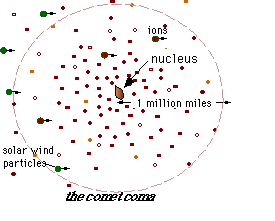
As the ices of the comet nucleus evaporate, they expand into a large cloud around the middle part of the comet. This cloud, called the coma, is the atmosphere of the comet. It can extend for millions of
...more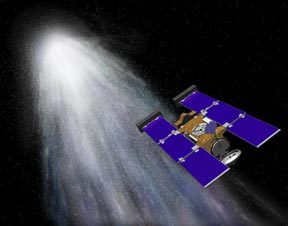
Stardust is the name of a space mission that studied a comet. Stardust flew very close to the comet in January 2004. It took some very good pictures of the nucleus of the comet. It also grabbed some dust
...more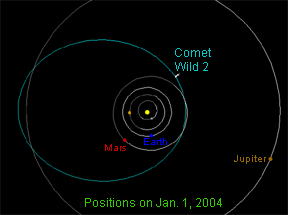
Comet Wild 2 is named after the scientist who discovered it. Paul Wild is an astronomer from Switzerland who discovered the comet in January 1978. Wild 2 is pronounced "Vilt 2". It takes the comet a little
...more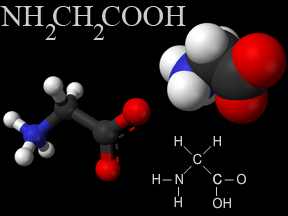
Scientists have found a type of amino acid in a sample returned from a comet. Amino acids are the building-blocks of proteins. Proteins are one of the most important types of molecules in living creatures.
...more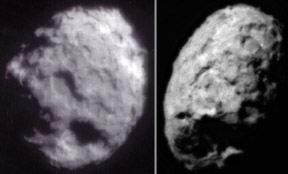
The pictures on this page show the nucleus of a comet. These are the best pictures ever made of the nucleus of a comet. The nucleus of a comet is a big lump of ice and dust. This one is about five kilometers
...more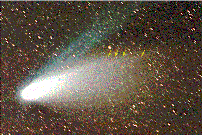
Comet Hale-Bopp was one of the brightest comets of all time. Astronomers witnessed the comet spew out intermittent bursts of dust. The surface seemed to be an incredibly dynamic place, with 'vents' being
...more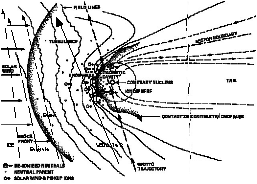
Six spacecraft flew to Halley's comet in 1986. There were two spacecraft launched from Japan, named Suisei and Sakigake, and two from the Soviet Union, named Vega 1 & 2. One spacecraft, ICE, was from the
...more














